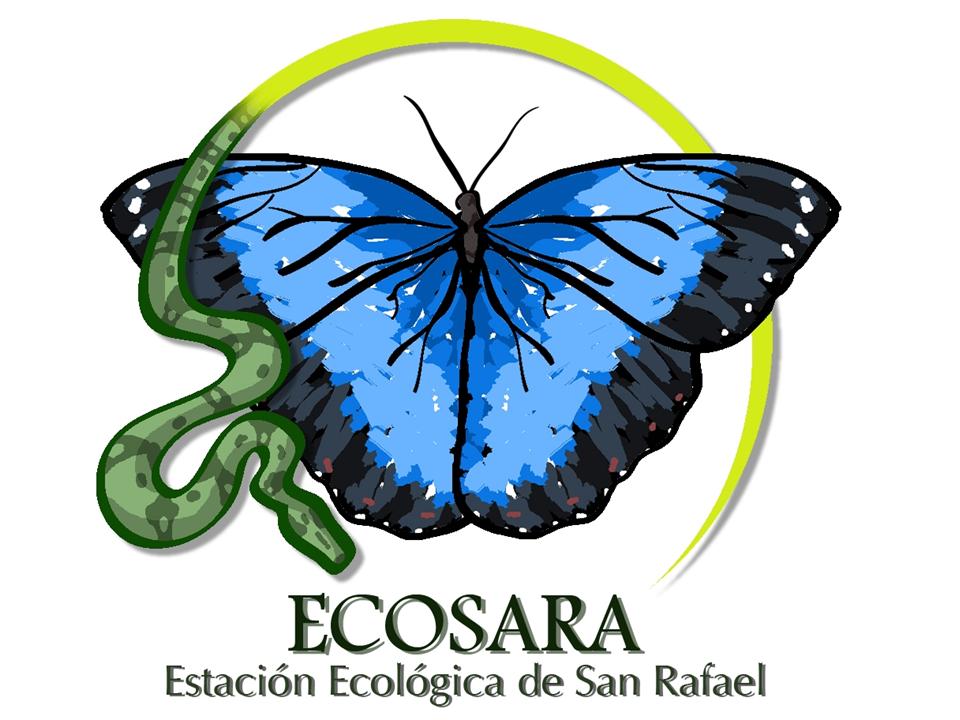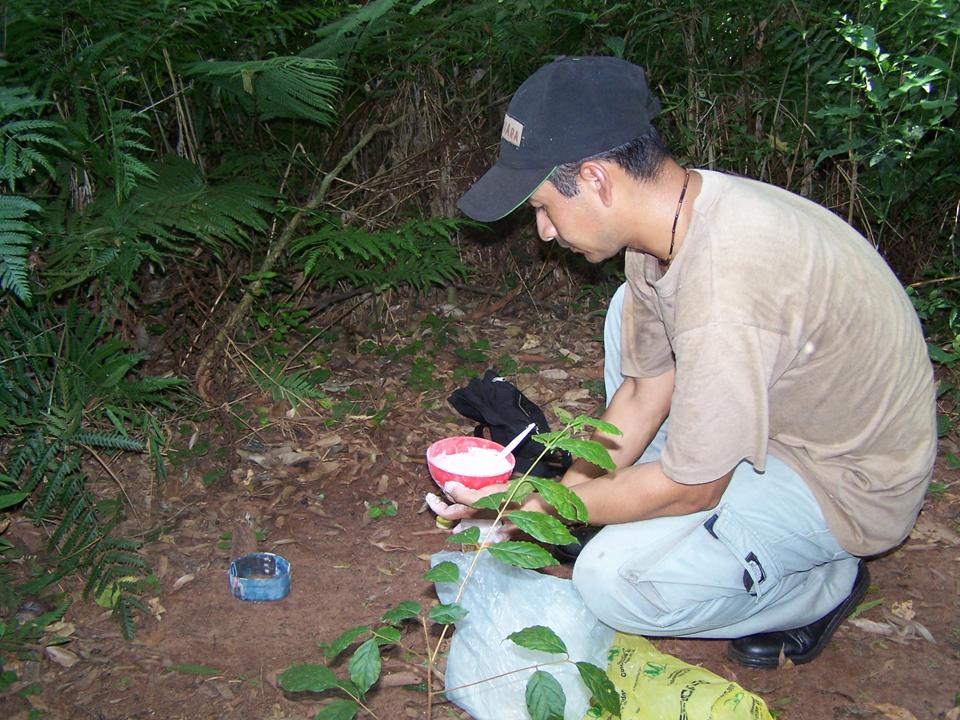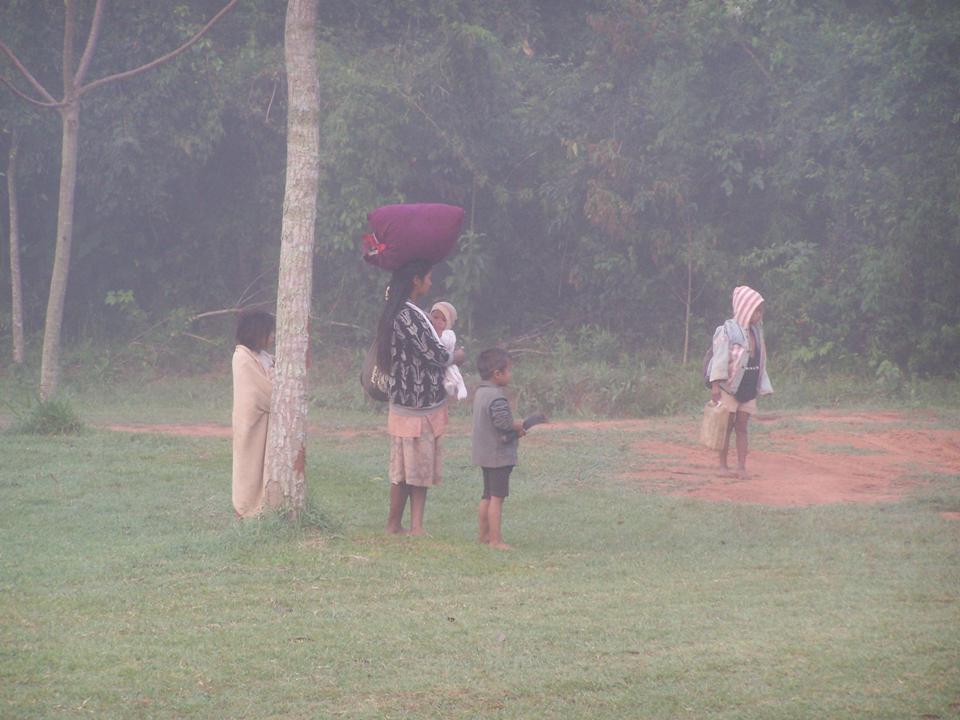
ECOSARA
INDIGENOUS PEOPLE IN SAN RAFAEL
Indigenous people, called the MbyŠ Guarani, rely on the forests of San Rafael for their livelihood. The 20 communities inside the Reserve and the 14 in the surrounding area are protected by law. One of the few native populations in the Paraguayan Atlantic Forest that has enough land for a sustainable lifestyle, they have the right to hunt and gather using traditional methods on their traditional lands within the Reserve. The preservation of this area is of vital importance for their future, so the MbyŠ can have an adequate environment to live according to their ancestral traditions.
The colonisation of the Oriental region of Paraguay and the accelerated process of deforestation has displaced the MbyŠ from large areas of their ancestral territory, with a significant negative impact on their cultural, social, political and economic life. Frequent displacement, in particular in the last 20 years, has resulted in the gathering of large indigenous groups in small areas, in general poorly-suited to their traditional ways of life. The traditional political structure of the ancient MbyŠ has been eroded, today they are fractionated into smaller groups of 3 to 15 families, each politically independent and looking for the best deal for themselves within the Paraguayan indigenous legislation.
The forests and natural grasslands within the area delimited as San Rafael constitute a last refuge of natural space for the MbyŠ. The indigenous groups typically live in family-orientated settlements close to water sources and preferably with nearby open fields of forest clearings where they practice horticulture, hunting and traditional gathering of forest resources.
There has been an indigenous presence in the San Rafael area for more than a millenium, proof being the rescent discovery of ancient, pre-Hispanic ceramics in a sedimentary zone close to the banks of the River Tebicuary. Examples of ancient indigenous materials are on display in the Pro Cosara museum.
The last census performed by PARN/MAG in July 1999 identified at least twenty indigenous settlements within the Reserve with a population of approximately 350 people. This figure likely underestimates the true population, the MbyŠ are known for their reserved character when it comes to providing data about their settlements. As a result the 1992 national census regsistered just 27% of the actual MbyŠ population.
One of the obligations of the Paraguayan government under the PARN project is to assure the ownership of land for indigenous communities both within and outside the Reserve boundary. To date those declared are Pindo Ju and Mboi Kaê (to the south of the Reserve), Jukeri (to the east with a portion inside the Reserve boundary), Karumbey and Taguato.
ECOSARA defends the right of the indigenous peoples to practice their traditional ways of life. It supports Pro Cosara in community and educational projects with the MbyŠ Guarani and the sustainable use of the natural resources in the reserve by those that inhabit it. The information above was kindly provided by Pro Cosara.
Designed by Paul Smith 2007. This website is copyrighted by law.
Material contained herewith may not be used without the prior written permission of FAUNA Paraguay, Pro Cosara and ECOSARA.
Photographs are used with the knowledge of the photographers
and may not be used for any other purpose without prior written permission from FAUNA Paraguay, Pro Cosara and ECOSARA.




